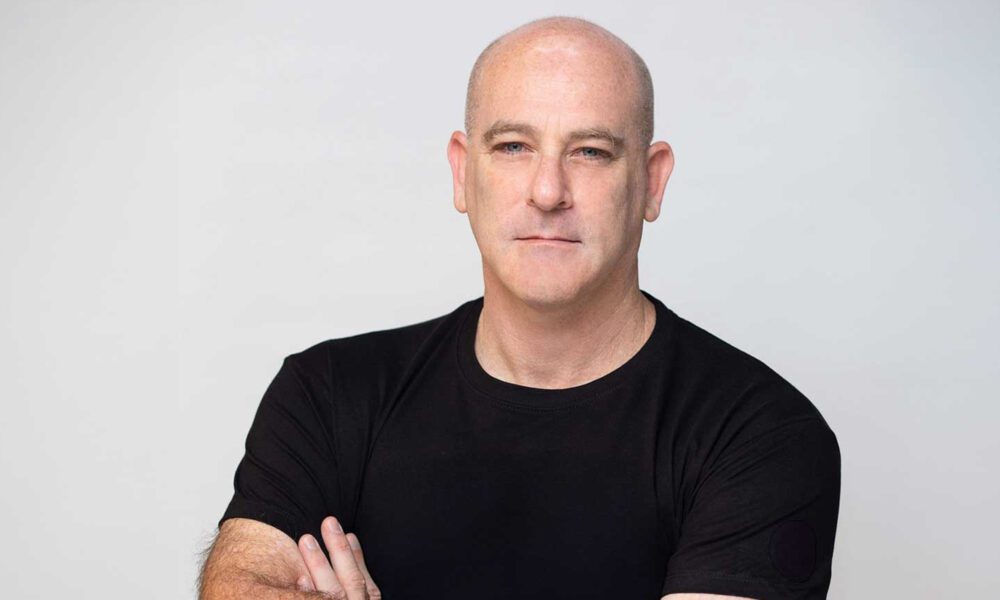Planning for the future can be overwhelming, especially when there are so many potential twists and turns your family could face. Naturally a lot of people tend to have some sort of insurance in case the worst happens, while others prefer to rely on savings to cover any unexpected events.
Both can provide security by working in different ways, but which is best? We’ll weigh up the key differences as well as when each can be beneficial in certain situations.
Life insurance & how it works
As a standard, life insurance pays out a lump sum to loved ones if the policyholder dies during the term. It’s mainly designed to replace lost income, cover debts such as mortgages, and offer financial stability during a difficult time.
Each month you pay a premium to your insurance provider to remain covered. These premiums usually depend on factors like your age, health as well as the type of policy you choose. Naturally the younger and healthier you are, the lower your premiums should be.
Types of life insurance
Two of the main types of cover are term and whole of life insurance. Each works a little differently in terms of length and how the payout is made.
Term life insurance covers you for a set number of years as agreed upon with your insurer when you take out the policy. The policy will only pay out if you die within the term, if not it will expire and you will need to take out a new policy if needed. Because it has an expiry date, the premiums tend to be cheaper.
Whereas whole life insurance, you are covered indefinitely, meaning the policy continues to run as long as your premiums are paid. In essence it offers a greater sense of security knowing that your family will receive a payout regardless of when you die. It does, however, tend to be more expensive than term cover.
What do we mean by ‘savings’?
Savings can refer to any money you have set aside overtime, for example in money in your bank account, ISA, or a long-term investment. This is the money you have for when a rainy day happens in the form of an unexpected bill, a change in circumstances, or general financial security.
Unlike life insurance, savings are fully within your control and can be used at any time, for any purpose. People tend to prefer to rely on their savings as they know they have direct access to the funds and can use it however they see fit.
But there are downsides to this as savings can fluctuate, especially if you’re investing rather than keeping money in a standard account.
Perhaps the biggest limitation is that, if something were to happen early in life, your savings may not be large enough to cover major financial responsibilities such as a mortgage, childcare costs, or ongoing household bills.
The main difference between life insurance and savings
The key difference between the two is that with savings you can access the funds whenever you need them. Whereas with life insurance, your loved ones will only receive a payout once you’ve passed away.
There’s also the fact that savings can be used to cover most things in life like emergencies, home repairs, day-to-day expenses, or long-term goals. You have complete control over how and when the money is used, which is why many people feel more comfortable relying on a savings account they can access instantly.
The downside is that savings grow slowly, and it can take years before they reach a level that genuinely protects your family if something serious happens.
Life insurance, on the other hand, works very differently. Instead of gradually building up a fund, you’re paying a small, regular premium in exchange for a guaranteed payout if you die during the policy term. This means your loved ones receive far more financial support than you could realistically save in the same timeframe.
When is life insurance the best option?
Life insurance tends to be the better choice for financial responsibilities that your family would struggle to manage without your income. For example, if you have a mortgage, or dependants who rely on you each month, the payout from the policy can offer a level of protection that savings alone wouldn’t be able to match
This is often the case in the early stages of life when most people haven’t had time to build up a substantial pot. It also offers more certainty. Once your policy is in place and you keep up with the premiums, the payout is guaranteed if you die during the term. It’s reassuring, to know your family would have financial breathing room during a difficult time.
When are savings the best option?
Savings can be the better option when you want full control over your money. Not everyone likes the idea of paying monthly premiums into something that only pays out after they’re gone. For people without dependants or major financial commitments, a savings pot may feel more practical.
They’re also useful for handling the challenges life throws at you while you’re still here. Having that money set aside gives you freedom to make decisions without being restricted by policy terms.
Savings can also be appealing later in life, when life insurance can become more expensive or harder to obtain due to age or health conditions. In these cases, relying on the savings you’ve built-up may offer better value with fewer limitations.
Cost comparison
Some people are put-off with the cost of life insurance, especially when they can just build up their savings. But at least with life insurance, the payout value is protected, unlike your savings which could take a hit if you need to dip into it.
Life insurance usually requires paying a small, regular premium each month. In return, your loved ones receive a guaranteed payout that can be many times the total of what you’ve contributed.
For most people, this makes it a cost-effective way to provide immediate financial security, particularly for large obligations like a mortgage or childcare.
Savings don’t have a direct cost, but they require discipline and time to grow. Building a significant pot could take years, and there’s always the risk that interest rates or investment performance may not match your expectations.
Do I need life insurance if I already have savings?
This depends largely on your financial situation and responsibilities. For example, if you have enough savings to cover your commitments for several years, you might feel comfortable relying on that alone.
On the other hand, not everyone has the time or resources to accumulate enough savings early in life to fully replace their income if the worst were to happen.That’s where life insurance provides certainty in these situations, giving your loved ones an immediate lump sum.
Ultimately it comes down to your personal choice. You may prefer to have both a life insurance policy and savings so your family has double the protection. Or you may feel that your savings alone would be enough to suffice.
Is there a “right” amount of savings to have alongside insurance?
There isn’t a single figure that fits everyone, but having savings alongside a life insurance policy can provide a well-rounded safety net. A common approach is to build enough savings to cover three to six months of living expenses for emergencies, while using life insurance to cover larger, long-term financial obligations.
The exact amount will likely depend on your lifestyle, debts, and family situation among other things. For example, if you are a parent with young children you might want a higher amount of life cover and a moderate emergency fund. Whereas someone without dependents might prioritise savings over a larger policy.
Whichever option you choose, make sure to carefully consider your responsibilities both now and in the future so that you have adequate protection. Even if you have life insurance, it’s always worth reviewing your cover to see if it needs adjusting.



































